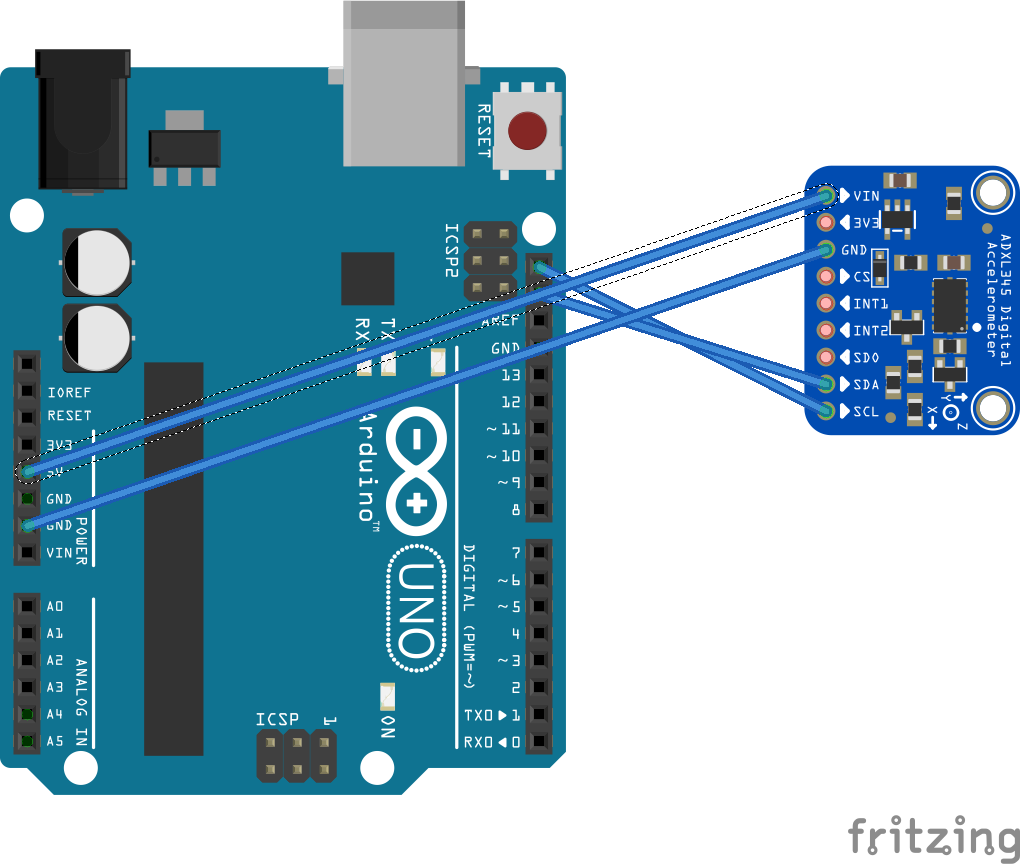

With Teensyduino 1.57, USBFilesystem uses the SdFat library to access the actual filesystem, so only FAT filesystems are currently supported. The open() function returns a File instance, so it can be used with all libraries using File originally developed for the Arduino SD library. You can call open() to access files, remove() to delete files, and so on. It also parses the drive’s partition table and allocates each supported filesystem with a USBFilesystem instance.Įach USBFilesystem is used the same way as the SD library. USBDrive provides the driver which actually communicates with your disk over USB. To use USB disks, you create instances of the USBDrive and USBFilesystem classes. USBHost_t36 now supports use of USB disk drives connected to the USB host port on Teensy 3.6, 4.0, 4.1, thanks to a major contribution from Warren Watson, also with work from KurtE and mjs513. Here is detailed look at the new & improved features in version 1.57.


Option 1: Reading the register into an uint16_t (recommended) const uint8_t SLAVE_I2C_ADDRESS = 0b1010 Ĭonst uint16_t SLAVE_I2C_REGISTER_ADDRESS = 0x50 We will provide a full example with error handling in a followup post. This is a minimal example so it creates minimal confusion for the reader. Additionally, we wait for data using delay() instead of Wire.available(). Note that this code does not implement error handling for the sake of simplicity. In my opinion, it’s most efficient to just try out the standard way of reading a register and start from there. Note that some devices like the LAN9303 have a slightly different addressing scheme or other peculiarities. It will work with almost all I2C devices like EEPROMs, ADCs and others, provided you have the correct. The following code demonstrates how to read a register that is 2 bytes (16 bits) long over I2C.


 0 kommentar(er)
0 kommentar(er)
